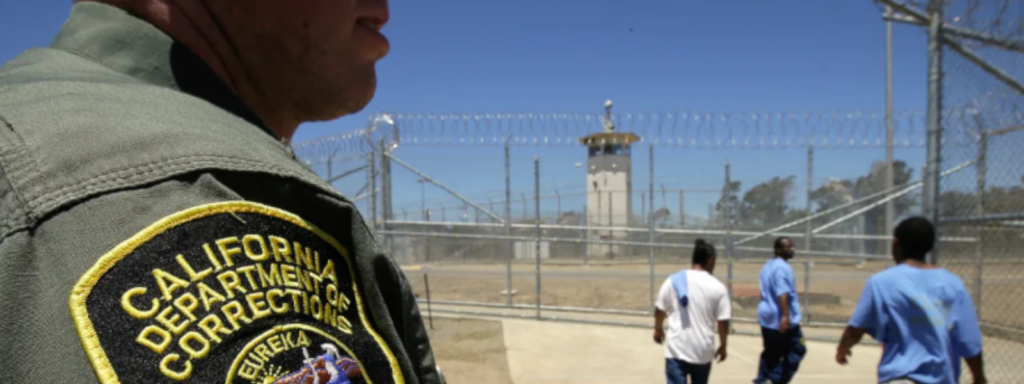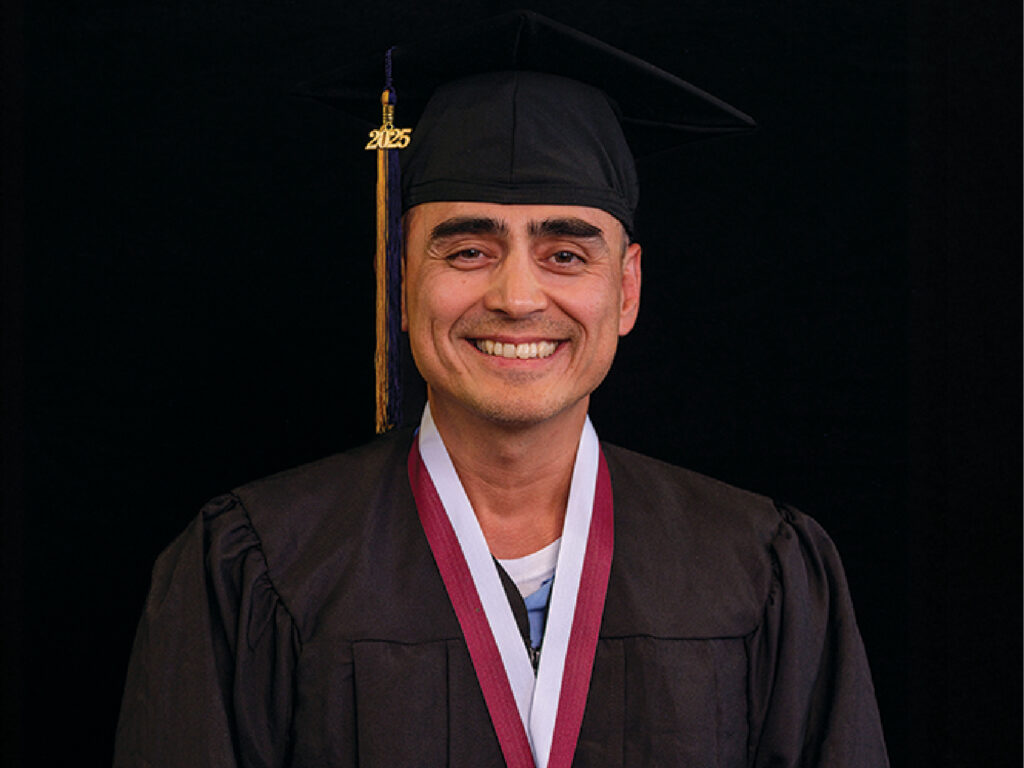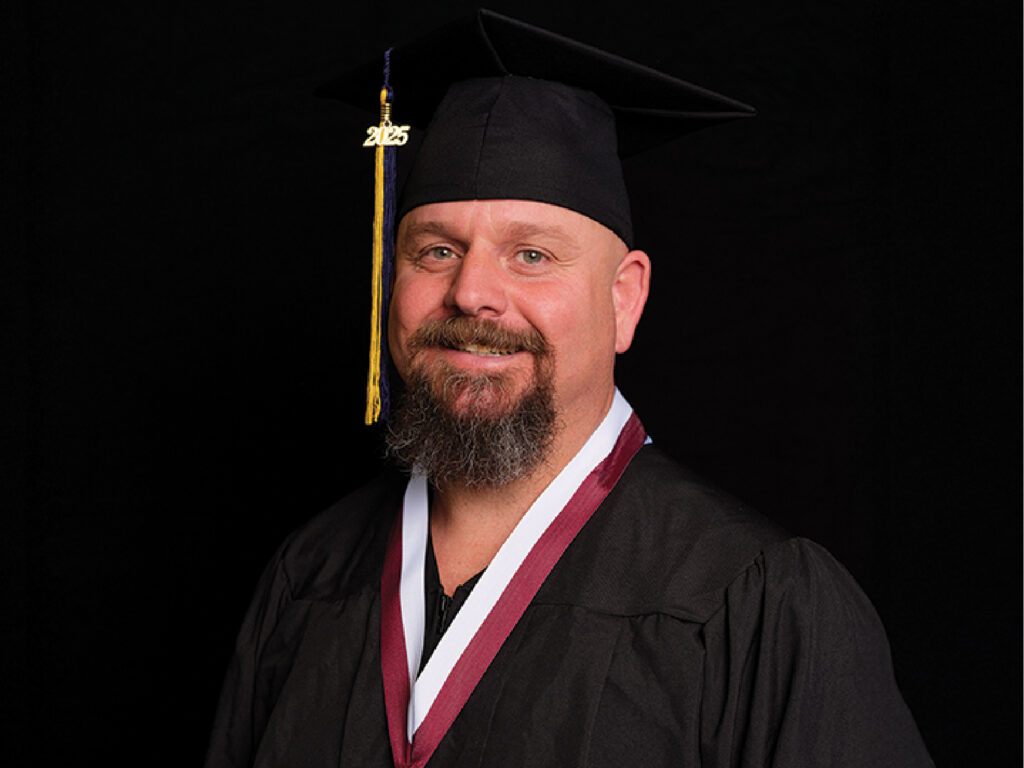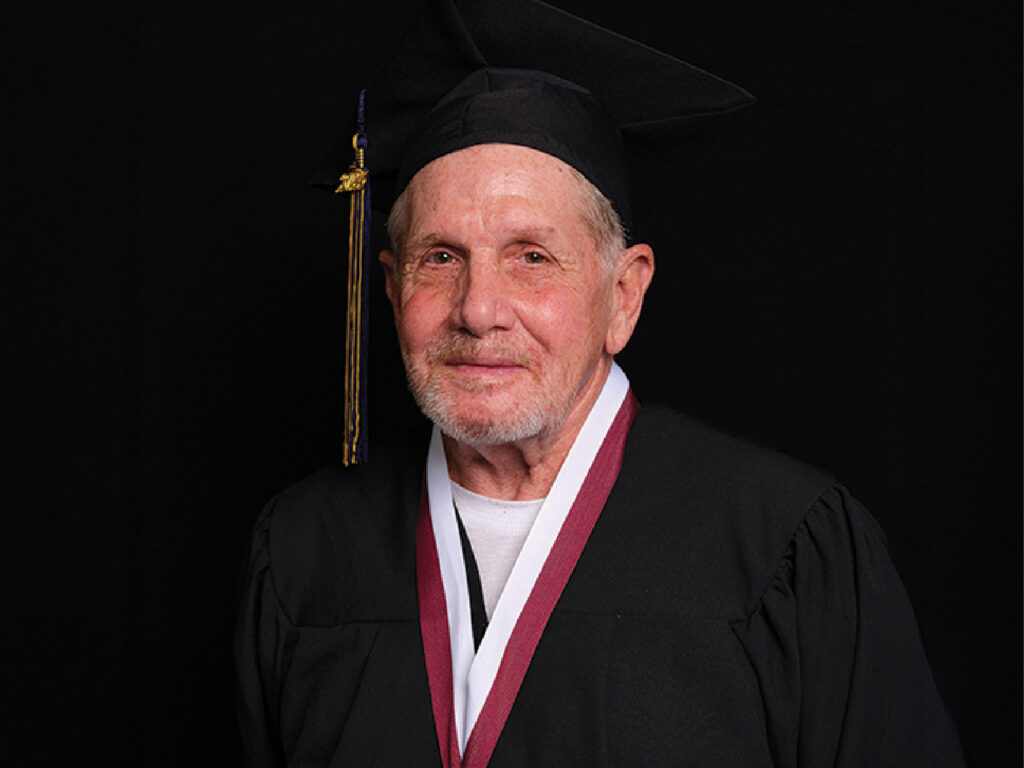Like a military bugle, my ears awaken to the sound of blaring commands. I get up, get dressed and exit my prison cell, and head in the direction of the chow hall.
Every so often, I glance at the posted correctional officers. Their facial expressions are revealing: They are counting the days until they retire from this hell.
After decades in prison, I’ve noticed the problems associated with incarceration are taking their toll on the guards, too.
“We need the warning label, like with cigarettes,” retired California corrections officer Stephen B. Walker once told Kaia Stern, co-founder of the Prison Studies Project. “This is hazardous to your health. I’m slowly being poisoned over a 35-year period and nobody tells me.”
When Wasco State Prisons correctional officer Shawn Wilder last month barricaded himself in a prison building for nine hours, he was apparently suffering from a mental health crisis. Wilder has been working in prisons since 1996 and returned the job four years ago after a “medical retirement” in 2015.
On an episode of the “Ear Hustle” podcast, Dave Harwood, a lieutenant at the California Correctional Center in Susanville with 20 years experience, said working inside the CCC changed him.
“Seeing what human beings can do to each other and how quickly people can turn on you, I can’t remember the last time I felt 100% relaxed,” he said.
Just like these officers, I’ve suffered the punishing effects of prison life for almost 30 years. I have witnessed untold violence. I have been jacked up against walls, screamed at, and humiliated. I have seen hatred in an officer’s eyes, heard it in their voices, witnessed it in the way they tore apart my cell during a search. I’ve even tasted it in prison food.
Look, I get it. We are among the most hated people in California. But it’s hard to understand how relegating incarcerated people to that position increases public safety.
“I think this job completely eats away at their souls,” said San Quentin prisoner Tony Tafoya of correctional officers. Tafoya has been incarcerated for a decade.
Correctional officers are trained to treat us with a certain amount of contempt, which eventually can translate to mistreatment. That dehumanizing behavior takes its toll – on everyone.
Incarceration shortens life expectancy. The Prison Policy Initiative found that each year in prison can shave off two years of an incarcerated person’s life. A 2011 mortality study by a Florida sheriff’s office found that Florida correctional officers die an average of 12 years earlier than the rest of the population.
Everybody living and working in prisons are on edge. Anxiety, stress, and burnout affect both the incarcerated and prison workers alike. Research by Northeastern University found that correctional officers have suicide rates seven times higher than the national average.
The silver lining to all of this? Gov. Gavin Newsom and other state leaders want to shutter as many as five prisons by 2025. Deuel Vocational Institute closed in 2021, the CCC in Susanville will close this year, and Chuckawalla Valley State Prison by March 2025.
Unfortunately, it’s still not enough. Californians United for a Responsible Budget has called for 10 prison closures by 2025 to address the public health crisis that prisons have created. Their campaign began in January.
We must find alternatives to the mass warehousing of humans because this experiment is hurting everyone. The cost of imprisonment is going up. The cost of trying to maintain the health of everyone in the prison, including those who work here, is going up.
In the meantime, the return on investment for the ordinary taxpaying California citizen is going down.
Steve Brooks is an incarcerated journalist who resides at San Quentin State Prison and works at San Quentin News. He has written for numerous publications, including Sports Illustrated and The Nation, and received the 2020 “Excellence in Commentary Award” from the Northern California Society of Professional Journalists. This commentary was distributed by CalMatters.org. California Medical Facility in Vacaville on June 20, 2018. Photo by Rich Pedroncelli, AP Photo
Attributions: This article originally appeared in Marin Independent Journal on February 6, 2023.












